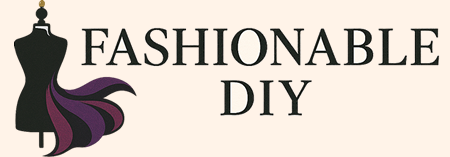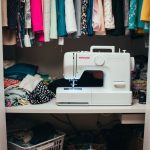Finances and Fashion: DIY Wardrobe on a Budget
Creating a fashionable wardrobe doesn’t have to break the bank. With a bit of creativity and some strategic planning, it is possible to build an impressive array of clothing that suits personal style without the hefty price tag. By focusing on key pieces and learning simple DIY techniques, anyone can expand their closet affordably.
Many are discovering ways to infuse personality into their attire by altering and personalizing existing clothes. Transforming thrift store finds or older pieces at home not only promotes sustainable fashion but also results in truly unique items. This approach provides both style and savings, proving that one doesn’t need to spend lavishly to look great.
Furthermore, understanding when to buy and what to focus on can make a significant difference. Investing in versatile essentials that pair well together maximizes outfit options without frequent purchases. These techniques open up new possibilities for fashion lovers who also want to stay financially savvy.
Establishing Your Personal Style
To create a DIY wardrobe, begin by identifying what aligns with your lifestyle and select a color palette that complements your wardrobe. This approach ensures your clothing not only suits your daily activities but also reflects your personal style consistently.
Identifying Lifestyle Needs
Understanding one’s lifestyle is essential when establishing a personal style. Lifestyle decisions often determine clothing choices. For example, a person with an active lifestyle needs clothing that supports movement, like athleisure, whereas someone in a corporate setting may prioritize suits and formal wear.
Consider the activities commonly engaged in throughout the week. Examining both work and leisure is crucial. Factors like climate and social settings also play a role. By analyzing these elements, individuals can identify gaps in their wardrobe, ensuring practical outfit choices that serve their needs.
Selecting a Color Palette
Choosing a color palette involves understanding which colors enhance personal features and align with the established style. Selecting three to five colors that suit skin tone and personal preference can guide choices. Neutral shades often provide versatility, allowing for mix-and-match combinations.
Evaluate existing clothing to determine frequently used colors. Adding accent colors will further enrich the palette, providing a signature style. Each color should complement others in the wardrobe, creating cohesiveness and ensuring outfits feel harmonious and intentional.
Budgeting for Your Wardrobe
Creating a stylish wardrobe does not have to be expensive. By carefully managing finances, anyone can build a selection of clothing that suits their fashion sense while staying within their budget.
Understanding Your Financial Threshold
Before shopping, it is crucial for individuals to determine their financial limits. Assessing overall monthly expenses can help identify how much can reasonably be allocated to wardrobe spending. This includes understanding the difference between essential expenses, like rent and groceries, and discretionary spending, which includes clothing.
They should consider their income stability, ensuring they are not overspending on items that are not necessary. Setting a specific percentage of income for clothing purchases can be a helpful way to manage these costs. This often means prioritizing quality over quantity, as well-considered purchases can offset the need for frequent replacements.
Allocating Funds Practically
Once a budget is set, allocating funds strategically is key. Individuals should focus on purchasing versatile wardrobe pieces that can be mixed and matched. Investing in basics, such as neutral-colored tops and classic pants, allows for creating numerous outfits without overspending.
They should take advantage of sales, thrift stores, and online marketplaces to find budget-friendly options. Planning purchases around seasonal sales can lead to significant savings. In addition, setting aside a small amount each month for unexpected fashion needs helps avoid the temptation of impulsive buys that can disrupt a budget.



